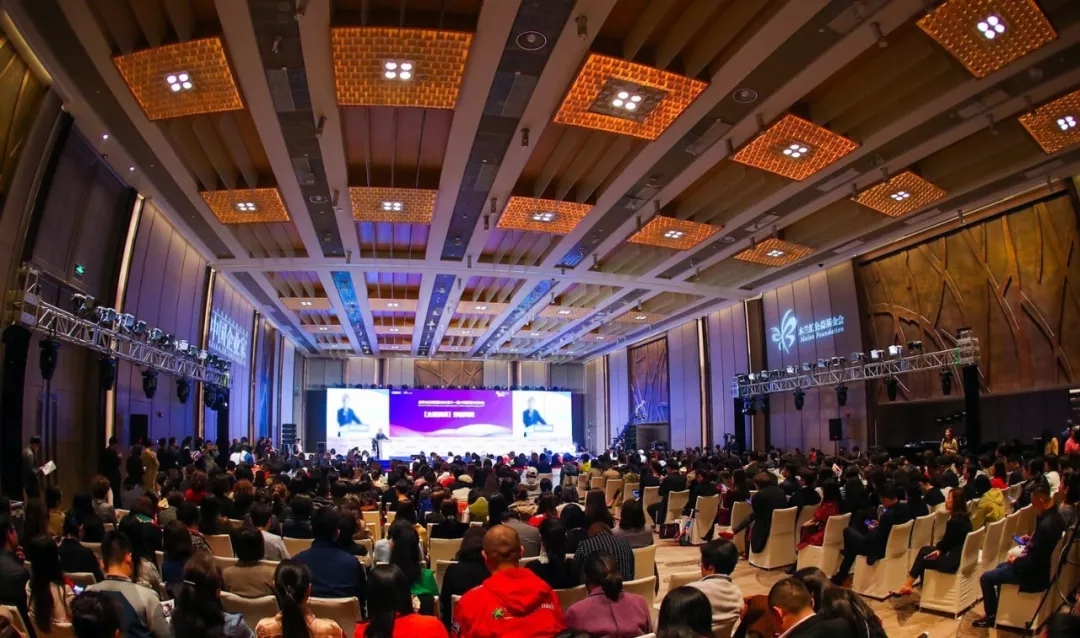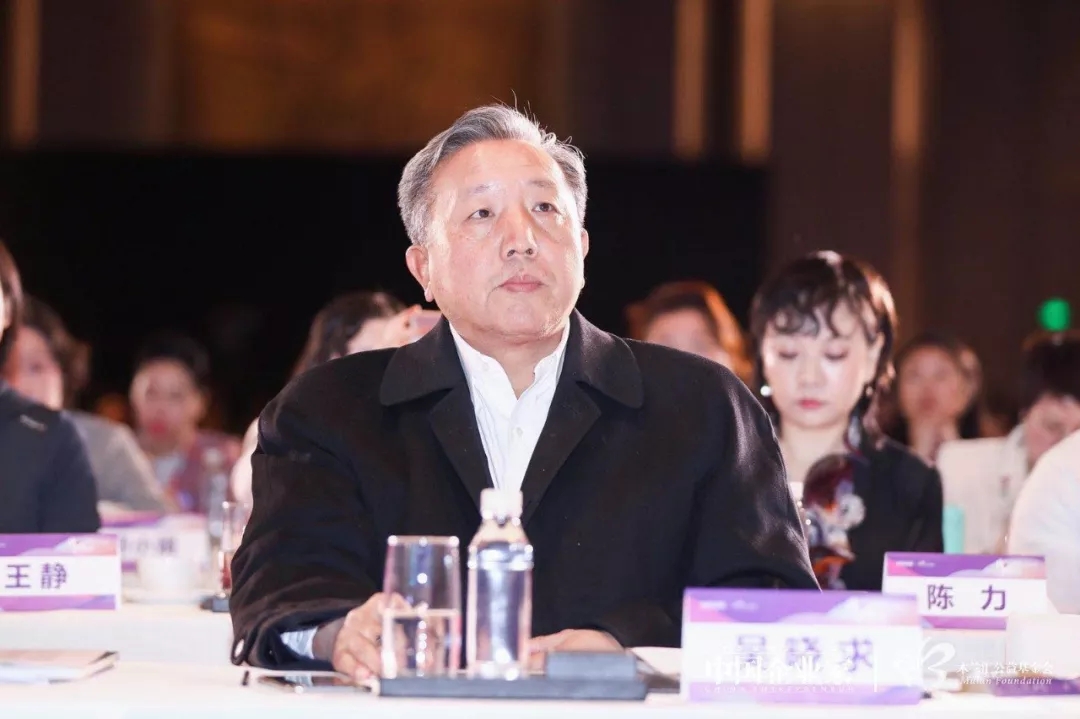19
AprAlthough the stage of high-speed growth in China has passed, Chinese economy will still face many challenges in the process of marching towards high-quality growth in the future, said Wu Xiaoqiu, a famous economist and vice president of Renmin University of China. He made the remarks at the Global Mulan Forum and China Business Mulan Annual Meeting 2019, which was jointly organized by China Entrepreneur and Mulan Club Foundation on April 13, 2019.

Since the financial crisis in 2008 and the slowdown of economic growth in 2012, the debate that Chinese economy may fall into the middle income trap has been emerging from time to time.
According to the latest standard announced by the World Bank in 2017, upper middle-income economies are those with a per capita GDP between $3,956 and $12,235, while high-income economies are those with a per capita GDP of more than $12,236.
Statistics showed that the vast majority of developing countries used to undergo the middle income trap. Countries such as Malaysia, Brazil, Argentina, Mexico and Chile already joined the rank of middle-income countries in the 1970s, but they have stagnated in the stage with a per capita GDP between $3,000 and $5,000 in the coming decade. Another survey from the World Bank indicated that among 101 middle-income countries and regions were 13 countries who have successfully developed into high-income economies from 1960 to 2008.
The economic theory circle in China holds different views on the middle income trap. At this year's China Business Mulan Annual Meeting, Wu Xiaoqiu expressed his opinion: China will eventually cross over the middle income trap, and gradually walk into the rank of high-income economies by means of five major factors, namely the constant increased strength based on technical innovation, the improvement of the quality of labor force, the continuous advance of market-oriented development, the further expansion of the opening-up and the studious and diligent nature of Chinese people.
The following content is the speech delivered by Wu Xiaoqiu, a famous economist and vice president of Renmin University of China at the China Business Mulan Annual Meeting 2019 (partially deleted):

From the perspective of theory norms, economy has its own cycles, which include both short and long ones. The emergence of long cycles is mainly because of the industrial revolution arising from the technological revolution. There are also normal economic fluctuations and cycles mainly triggered by market environments and economic policies.
For China, long cycles will surely show up. Because the country's technical innovation has become a major driver of economic development. But will short cycles emerge in China? I don’t think so. That's because Chinese economy has shifted from high-speed growth to medium and high-speed growth, and is going to enter the medium-speed growth trend currently. “A short cycle” means we can make the economy return to its medium and high-speed growth through the adjustment and change of macro-economic cycles.
First of all, I believe that China is unlikely to go back to its high-speed growth period, when its economy maintained a growth rate of around 10%, but we don’t require such a speed now. What we need now is high-quality growth, instead of high-speed growth that features quantitative expansion, the depletion of natural resources and the damage to the ecology and environment. In this regard, the concept of cycle is not going to emerge in China in the short term, as we are already in a relatively stable growth phase.
Based on this view, we should continue to think about whether our economic growth can sustain.
Many people asked me that whether China will join the rank of countries that have fallen into the middle income trap. I said “No” very clearly.
The “middle income trap” is a concept that was generalized and proposed by the World Bank in 2006 after summarizing the development situations of some middle-income countries.
The most typical representatives of countries in the middle income trap are South American countries, particularly Brazil and Argentina, South Africa, Mexico and other countries. According to the World Bank, countries in the middle income trap are those whose per capita GDP is at the interval between $4,000 and $12,000, but can’t exceed $12,000.
China's current per capita GDP is $10,000, but the so-called middle income trap also involves many indicators, such as the zero growth and even negative growth of the economy, the quick expansion between the rich and the poor, the lack of innovation capability, the failure to meet the requirements for high-speed growth due to the reduction of the quality of labor force and the severe lagging of education, the serious damage to the environment owing to excessive urbanization, serious corruption, etc.
The above indicators are similar with some phenomena in our country, but are significantly different in the most essential aspects.
First of all, China is an innovation-oriented country. China never stops its innovation in science and technology, organization and system, and particularly in technical innovation, China ranks at the top worldwide. Science and technology will become a key force and driver for the next round of economic growth in China.
Besides, China deepens its system reforms. The system bonus has inspired people’s creativity, and China’s system reforms on market economy implemented in the past 40 years have become a key driver of economic growth in the country.
Moreover, we have massively exploited abundant natural resources, which have promoted economic growth. But this has also seriously worsened the environment.
Furthermore, China implements the reform and opening-up. Chinese economy has obtained substantial growth particularly after it joined the WTO. The four aspects constitute the driver of economic growth in China in the past 40 years.
Today, the economic growth model at the price of excess depletion of natural resources is difficult to be sustainable, so China must shift to high-quality economic development, and adjust its industrial structure. Whether we can achieve high-quality economic growth and the transformation of industrial structure depends on a few factors below.
Firstly, the above-mentioned power of technical innovation. The technical content of China’s industry and its high-tech industry are accounting for a growing share.
Huawei is such a model as a high-tech enterprise, and it is a world leader in many technology fields.
There are many other Chinese enterprises like Huawei, who are carrying out positive innovation in such fields as AI, new material, new energy and life science.
Secondly, the improvement of the quality of labor force in China. A few days ago, I met Jeffrey Sachs, Professor of Harvard University, who proposed the shock therapy. We discussed the possibility of China’s crossing over the middle income trap. He said that a very important reason why Latin America falls into the middle income trap is that the quality of labor force has not improved and education fails to keep up. But China does a good job in this regard, and our universities have fostered a large number of engineers, technicians and managers.
Many people may disapprove Chinese universities, but I don’t like the “rankings of world universities”, as Chinese universities always come at lower places on the rankings. They have no idea how big contribution Chinese universities have made, and they have cultivated millions of superior talents. Moreover, Chinese universities are assuming greater responsibility, as Chinese President Xi Jinping underscored that talent is the key for China to become a socialist modern country by 2035 and a socialist modern power by 2050.
Thirdly, the further advancement of market-oriented economy in China. After the 19th CPC National Congress, China has launched a lot of key new measures in the reform and opening-up, such as the Guangdong-Hong Kong-Macao Greater Bay Area, a free trade zone in Hainan, Beijing-Tianjin-Hebei integration, etc. The core of these strategies is to seek new growth points of the economy.
A few days ago, I attended the Boao Forum, and delivered a speech on the construction of a free trade zone (port) in Hainan. 40 years ago when China just launched the reform and opening-up policy, Shenzhen became the pioneer of the reform in China. At the event, I mentioned that Hainan should learn from Shenzhen in building a free trade zone (port). It should free minds, and be brave to explore new paths and assume responsibility, so as to walk out of the restricted area.
Fourthly, the constant expansion of opening-up in China. I think the U.S.-China trade talks can benefit the opening-up in China, and help China become more open to the outside world.
What’s more, Chinese people are very studious and diligent. Based on these five factors, I believe that China can cross over the middle income trap, and join the rank of high-income countries. High-income countries are those with a per capita GDP of over $12,236. After exceeding this standard, China will continue to forge ahead.
China plans to build into a socialist modern country by 2035, with an expected per capita GDP of $20,000. It also aims to build into a socialist modern power by 2050, with an expected per capita GDP of at least $40,000. By then, this figure may not reach the per capita level of the U.S. Today, but considering a large population in China, this will be a great achievement.
Based on it, China will focus on overcoming urban diseases, achieving all-around development, narrowing the gap between the poor and the rich, and addressing other problems. If these problems are solved, I believe China will be full of confidence to cross over the middle income trap and cycles. (Reporter/Li Yuan, Editor/Xu Tan)